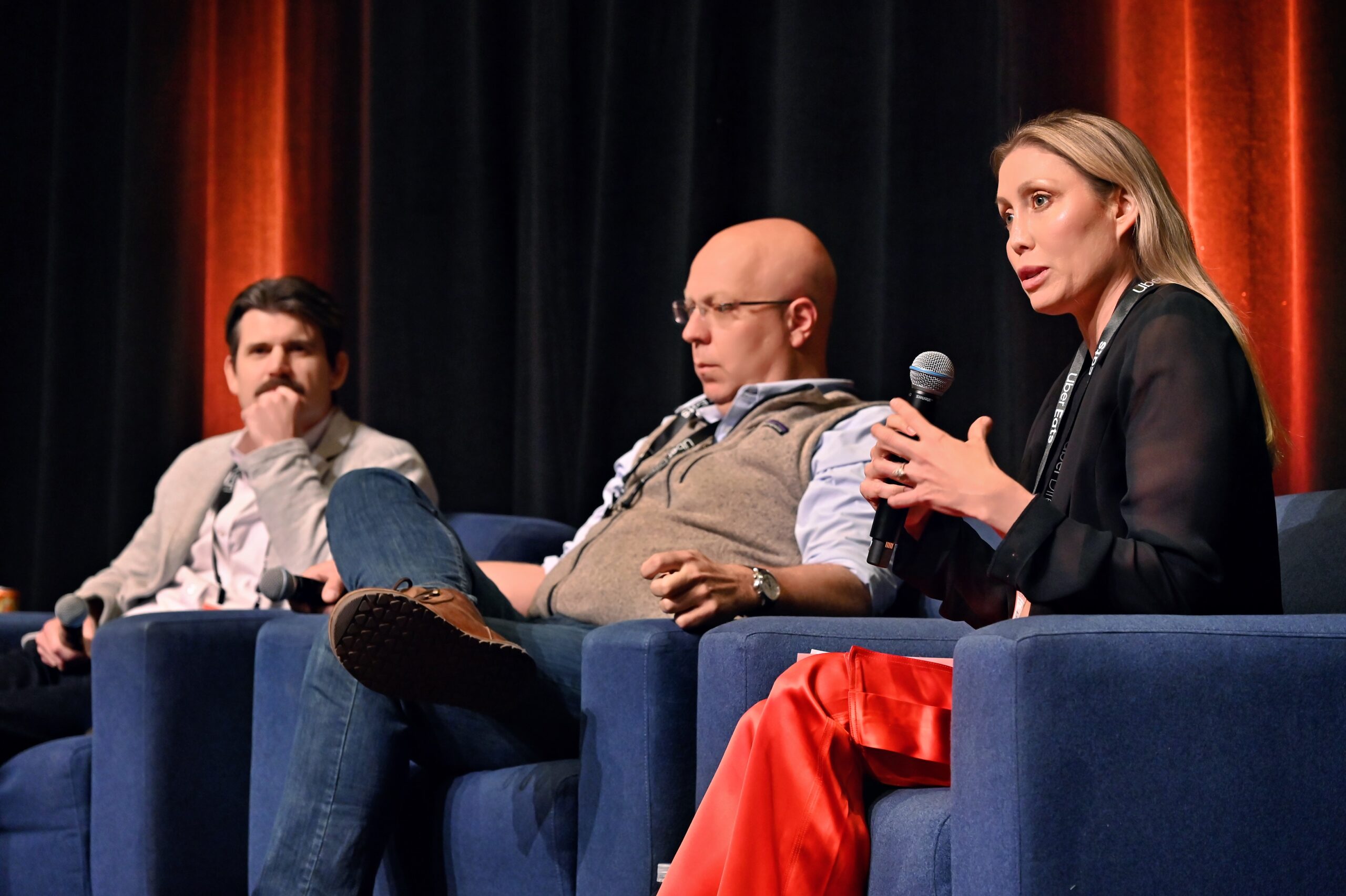Running restaurants today looks a lot different than years ago, especially when it comes to tech stacks.
“When I first started in this industry, close to 20 years ago, operators typically had just a couple pieces of technology that were largely centered around their point-of-sale systems and payment processors,” said Juan George, co-founder and partner of 858 Partners—a restaurant technology advisory firm.
Nowadays, the average operator uses dozens of software subscriptions to manage an omnichannel presence. From websites, mobile apps, kitchen display systems (KDS), point-of-sale (POS), payments, data analysis, supply chain, customer relationship management (CRM) and so much more.
With a surge in available solutions, operators face a growing web of subscriptions, dashboards and partnerships with top-tier providers.
This has led to frustrations amongst operators when it comes to choosing and managing multiple vendors.
In response, the industry is seeing a shift. Wingstop is ditching its SaaS contracts in lieu of homegrown solutions. Jersey Mike’s announced it’s going to license its POS to other restaurant brands and Inspire Brands acquired company Vromo.
This evolution has led many to ponder “build or buy” in regards to their restaurant’s tech ecosystem. And that debate is what George posed to panelists during the 2024 Food On Demand Conference in Las Vegas last month.
Red Robin knows this dance first-hand. Over the last 10 to 12 years the 550-unit chain has made two major attempts to build, but ultimately scrapped both.
“That tech debt was about $60 million of financial write-off,” said Deena DePhilips, senior vice president of technology at Red Robin.
DePhilips said the brand now shops best of breed after “a lot of lessons learned and a lot of failures.”
Red Robin works with more than 20 technology companies and according to DePhilips, that comes with its fair share of challenges.
“The analogy I use is, if you put the best of breed dogs in a cage, you’re going to have dog fighting,” she said.
“There’s a lot of facilitation on us as clients to manage and moderate between these different vendors…when you have so many different vendors at play, playing and integrating together takes a lot of energy,” said DePhilips.
Because of this, Red Robin’s focus during the next few years is consolidation.
“We do have a strategy and effort to consolidate that tech stack from 20 to maybe 10 to 12.”

Deena DePhilips, SVP of Restaurant Technology at Red Robin, discusses the brand’s strategy to consolidate its tech stack.
On the opposite end, Birdcall built its own proprietary POS from the ground up—dubbed Poncho—and is in talks to potentially license it out to interested restaurant brands.
However, CEO Mark Lohmann emphasized that the brand is in a unique spot compared to others given its size and age.
“We have the luxury because we have 14 locations, the oldest is six years old, and they all started on the same POS,” said Lohmann.
“But we are a startup,” he said. “So that technology right now is returning zero on that investment.”
“You’ve got to actually believe in this and say yeah, we’re going to make this leap, we believe that we can actually get a return from this,” said Lohmann. “We’ll find out this summer.”
But the move to build is more common in large enterprises like Whataburger with nearly 1,000 locations.
“I believe in a build and buy,” said Keith McLellan, group director of digital strategy and customer experience at Whataburger. “Buy if someone else has already perfected a job or service, build around your points of difference is absolutely the right choice, especially the places that directly impact your customers or employees.”
Whataburger works with more than a dozen technology companies for its tech stack but also built its own mobile app technology in 2016.
“Build if you do believe you have market fit that hasn’t been realized or doesn’t exist. And if you do build, I advise that you track all your expenses and times and level of effort,” said McLellan.
McLellan said a brand should check back each year to see if the tech built is still valuable or if the industry caught up and there is a cheaper, more efficient route available.
“You don’t want to build that Frankenstein. You want to build like the vision from the Marvel Universe, right? The thing that can walk through walls that has abilities that no one else does. And that’s really where I see that a build and buy is a really great model, especially if you’re trying to do something special and different.”


